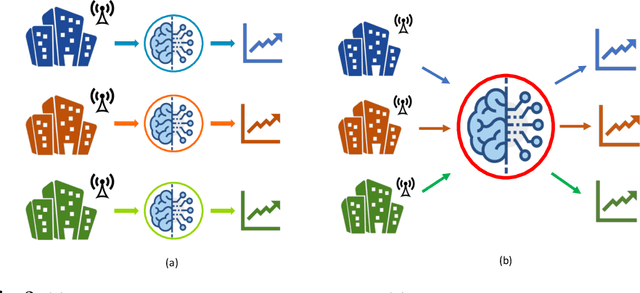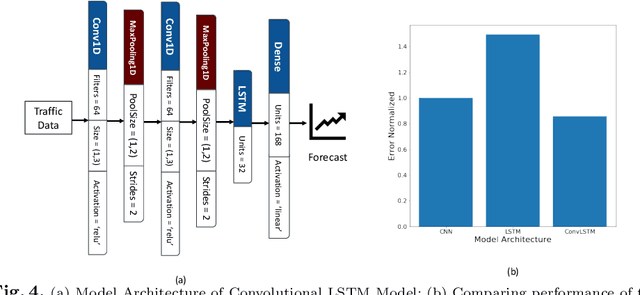Combining Individual and Joint Networking Behavior for Intelligent IoT Analytics
Paper and Code
Mar 07, 2022



The IoT vision of a trillion connected devices over the next decade requires reliable end-to-end connectivity and automated device management platforms. While we have seen successful efforts for maintaining small IoT testbeds, there are multiple challenges for the efficient management of large-scale device deployments. With Industrial IoT, incorporating millions of devices, traditional management methods do not scale well. In this work, we address these challenges by designing a set of novel machine learning techniques, which form a foundation of a new tool, it IoTelligent, for IoT device management, using traffic characteristics obtained at the network level. The design of our tool is driven by the analysis of 1-year long networking data, collected from 350 companies with IoT deployments. The exploratory analysis of this data reveals that IoT environments follow the famous Pareto principle, such as: (i) 10% of the companies in the dataset contribute to 90% of the entire traffic; (ii) 7% of all the companies in the set own 90% of all the devices. We designed and evaluated CNN, LSTM, and Convolutional LSTM models for demand forecasting, with a conclusion of the Convolutional LSTM model being the best. However, maintaining and updating individual company models is expensive. In this work, we design a novel, scalable approach, where a general demand forecasting model is built using the combined data of all the companies with a normalization factor. Moreover, we introduce a novel technique for device management, based on autoencoders. They automatically extract relevant device features to identify device groups with similar behavior to flag anomalous devices.
 Add to Chrome
Add to Chrome Add to Firefox
Add to Firefox Add to Edge
Add to Edge